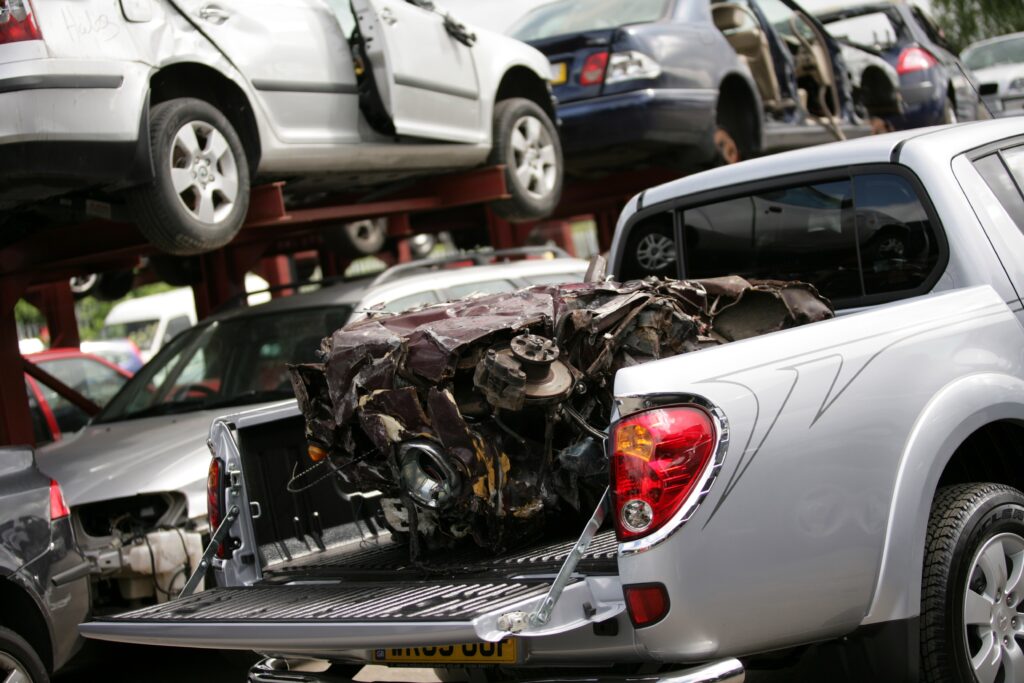End-of-life vehicle refrigerant study out soon
- PostedPublished 21 February 2016
A report commissioned by the Department of the Environment into the release of refrigerants from end-of-life vehicles (ELVs) in Australia estimates that 166 tonnes of high global warming potential R134a and 21 tonnes of ozone-depleting R12 were emitted in this way during 2013.

That is equivalent to 400,000 tonnes of carbon dioxide emissions, based on the report’s estimate that around a third of ELVs have no residual refrigerant charge when dismantled or crushed and that just 10 per cent of the remainder have their refrigerant properly recovered while the remainder are estimated to each contain an average of 340 grams of refrigerant.
Results of the study, conducted by consulting firm Expert Group, will soon be made public and are informing the Australian Federal Government’s review of Ozone Protection and Synthetic Greenhouse Gas legislation.
The scope of the project was to “identify the nature and scope of the environmental impacts from refrigerant gas in ELVs in terms of emissions to atmosphere, the nature of the impact; sources and causes, and the scale of the impact relative to emissions from other RAC sectors”.
According to Expert Group, around 658,000 passenger and light commercial vehicles were not re-registered in Australia in 2013.
Of these, approximately a third were damaged by a collision, event, or stolen. Another two-thirds were not re-registered and retired from use as a result of old age, being uneconomical to repair or other “economic circumstances decided by the vehicle owner”.
The average age Australia’s vehicle fleet is 10 years, with an average retirement age of 18.6 years, but for all the above reason, the age of ELVs varies widely from vintage to near-new.
SightGlass News will bring you more details from the report when it is made public.
- CategoriesIn SightGlass
- Tagsenvironment, Refrigerant recovery, SightGlass News Issue 5

